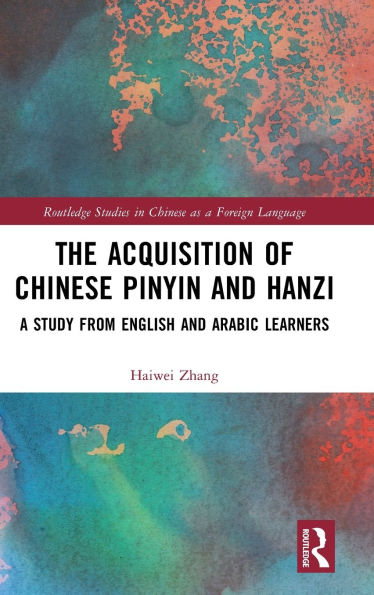This book presents a unique comparison of the performance in learning Chinese between two groups of CSL learners using L1 scripts with different writing directions, namely the right-to-left Arabic and the left-to-right English. It provides a comprehensive analysis of the orthographic and phonological features of Arabic, Chinese, and English, illustrating how L1 background and individual differences (such as foreign language aptitude and experience of study abroad) impact CSL learners' performance in Chinese meta-linguistic awareness (e.g., phonological awareness and phonetic radical awareness) and literacy skills (e.g., Hanzi reading and writing). Furthermore, it examines the contribution of meta-linguistic awareness to literacy skills. The book also discusses the theoretical implications for understanding the significance of phonological skills for the development of literacy skills and the pedagogical considerations for designing instructional activities for Pinyin and Hanzi in the CSL classroom.
This book is intended for researchers, graduate students, and practitioners interested in CSL teaching and learning.
This book presents a unique comparison of the performance in learning Chinese between two groups of CSL learners using L1 scripts with different writing directions, namely the right-to-left Arabic and the left-to-right English. It provides a comprehensive analysis of the orthographic and phonological features of Arabic, Chinese, and English, illustrating how L1 background and individual differences (such as foreign language aptitude and experience of study abroad) impact CSL learners' performance in Chinese meta-linguistic awareness (e.g., phonological awareness and phonetic radical awareness) and literacy skills (e.g., Hanzi reading and writing). Furthermore, it examines the contribution of meta-linguistic awareness to literacy skills. The book also discusses the theoretical implications for understanding the significance of phonological skills for the development of literacy skills and the pedagogical considerations for designing instructional activities for Pinyin and Hanzi in the CSL classroom.
This book is intended for researchers, graduate students, and practitioners interested in CSL teaching and learning.

The Acquisition of Chinese Pinyin and Hanzi: A Study from English and Arabic Learners
192
The Acquisition of Chinese Pinyin and Hanzi: A Study from English and Arabic Learners
192
Product Details
| ISBN-13: | 9781032869148 |
|---|---|
| Publisher: | Taylor & Francis |
| Publication date: | 06/19/2025 |
| Series: | Routledge Studies in Chinese as a Foreign Language |
| Pages: | 192 |
| Product dimensions: | 6.12(w) x 9.19(h) x (d) |
